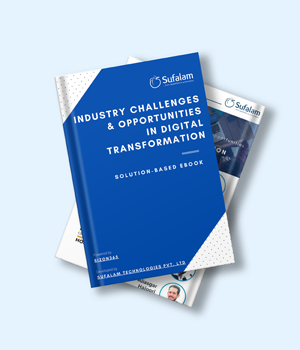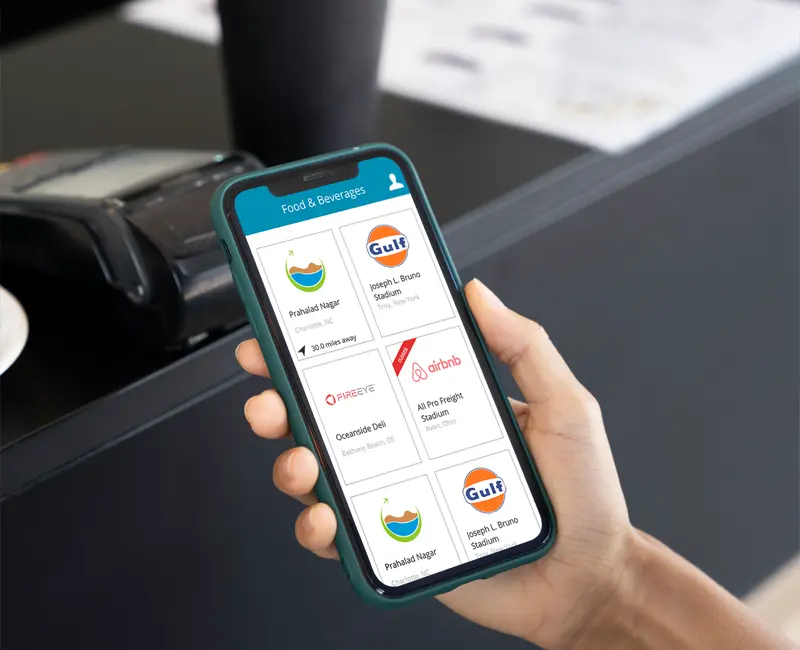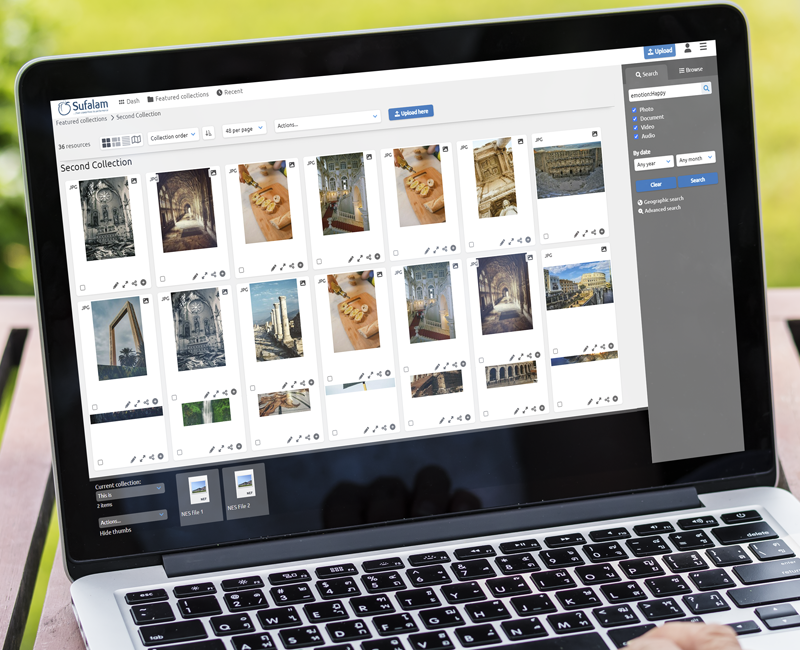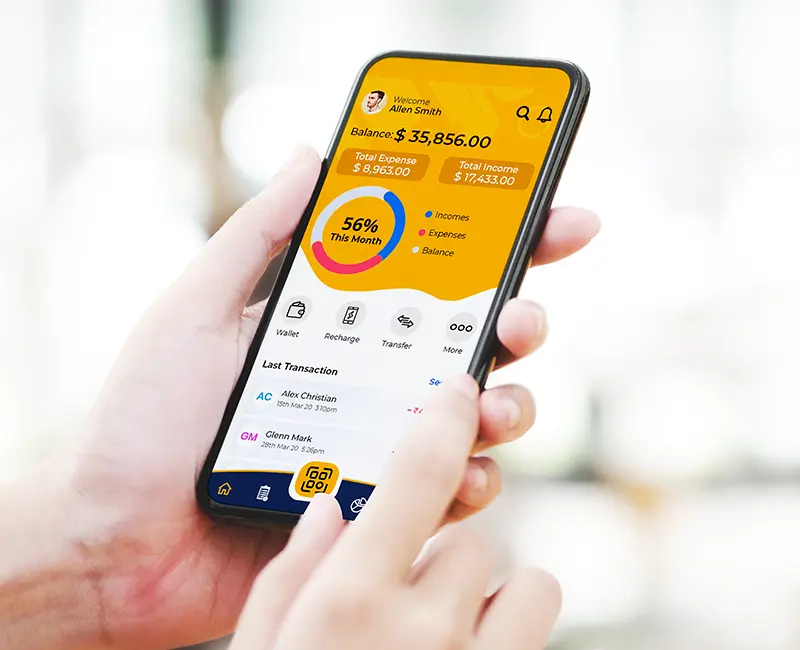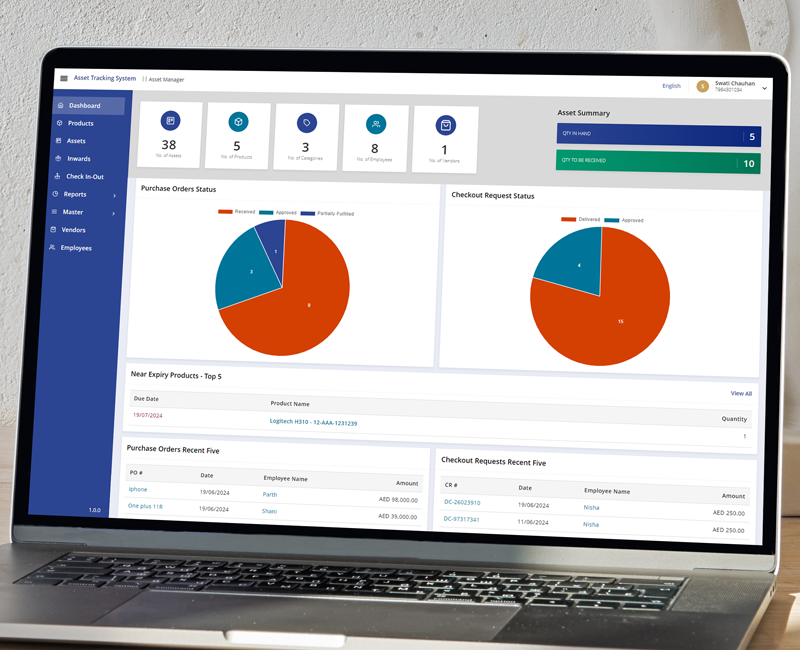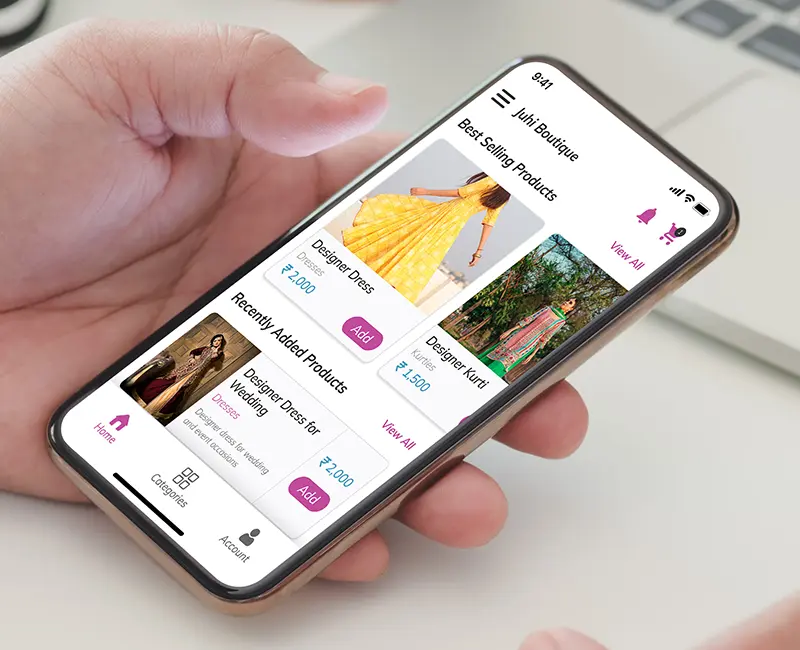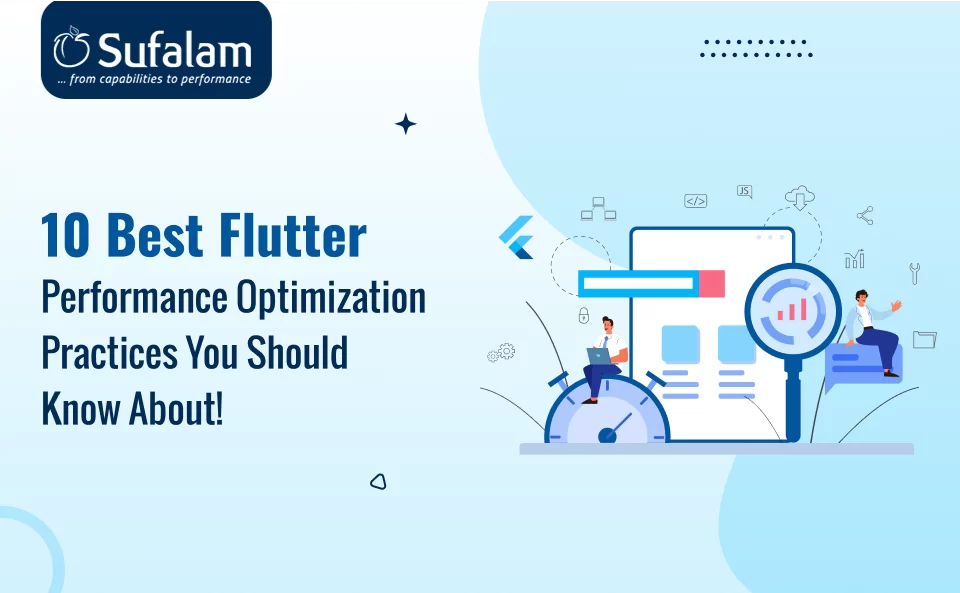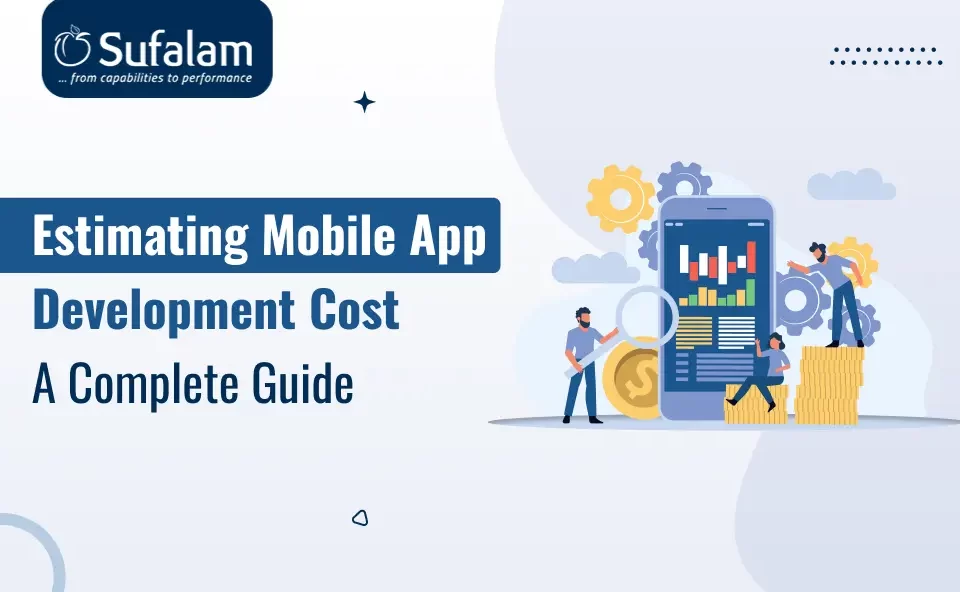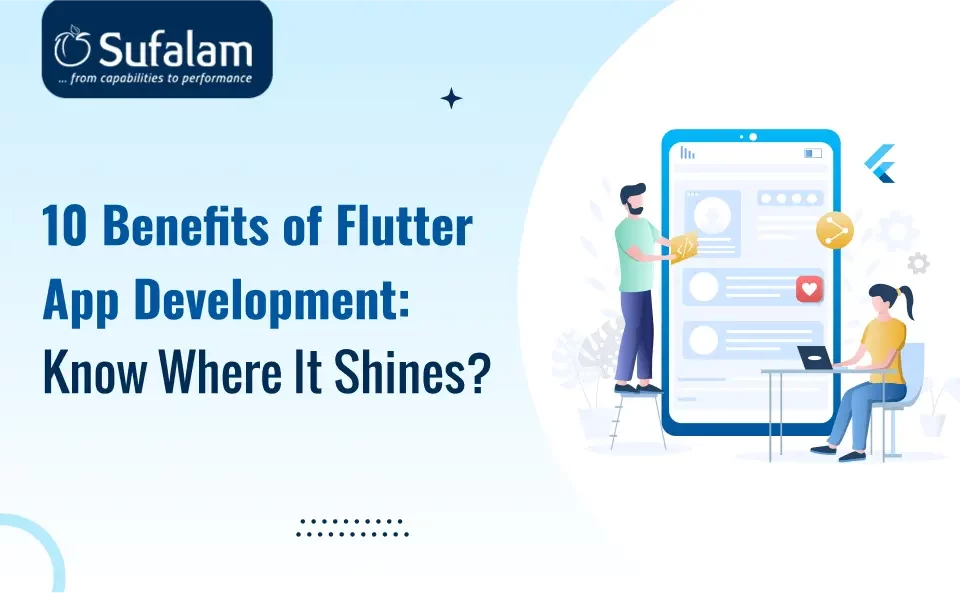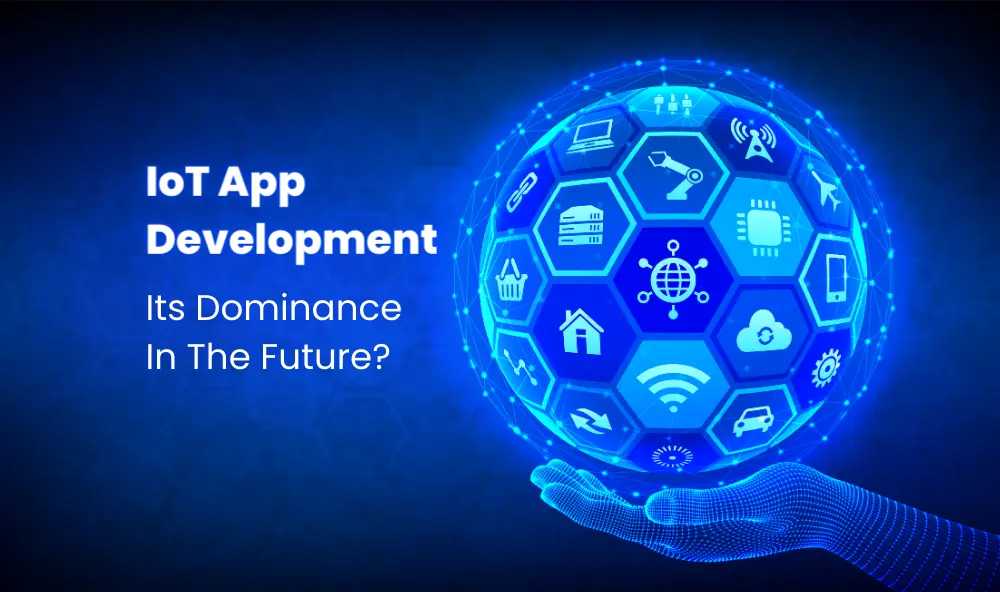
Well-executed IoT applications may appear deceptively simple, but they need a great deal of knowledge to create a distinctive user experience at the intersection of physical and digital realities.
By 2025, it is predicted that 30.9 billion devices will be connected to the Internet of Things, surpassing the planet’s current population by around three times. IoT has already established itself in every vertical sector.
Different fields are adopting IoT application development as a foundation to gain an advantage over their competitors and ROIs.
This blog is for you if you want to create an IoT application and want to understand what goes into the process. We’ll cover all the IOT information you should know about.
Here’s more about IoT app development!
The term “Internet of Things” describes the process of wirelessly connecting sensors, electrical devices, and other similar technologies. The wireless medium used to transfer the data between the devices causes the physical things to act as expected. Through IoT, you can control a variety of gadgets.
We are all aware that the majority of embedded devices found in homes, factories, offices, commercial institutions, and other settings now come with internet connectivity as a standard feature. Managing these devices manually can be extremely difficult at times despite being online.
This is where the internet of things apps come into play. An IoT app serves as a link between embedded hardware and IoT application development platforms, enabling centralized management of everything.
Components of an IoT application!
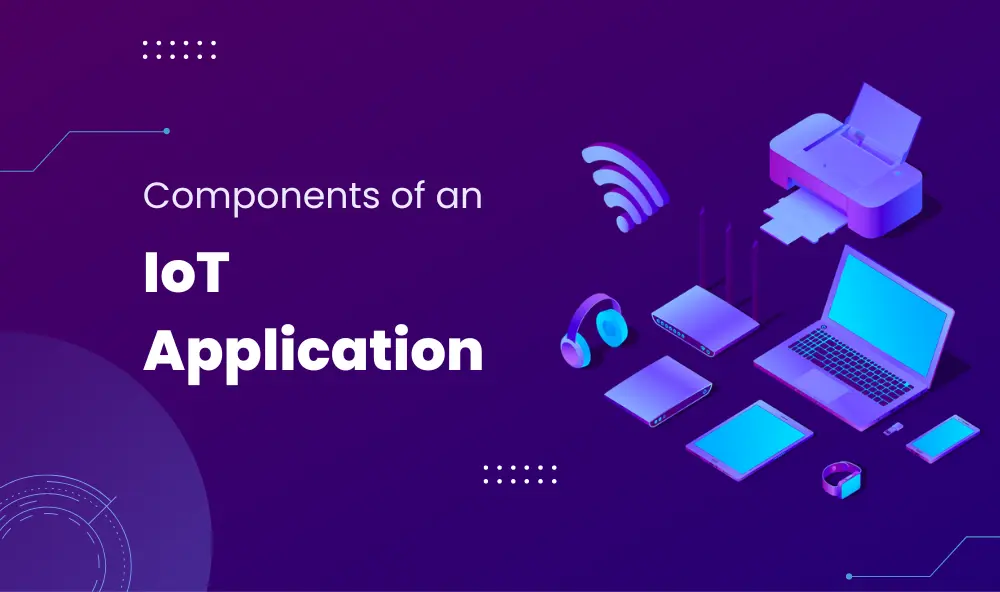
Hardware
It is made up of a variety of gadgets, including sensors, semiconductors, measurement tools, etc. Typically, other parties offer the equipment, but depending on your project, it may also be custom-made. Choosing hardware is an important step for an IoT-based system since it must meet performance requirements and work with the operating system and applications.
Network
Next, you must transfer the data to the cloud, but it must first find a means to get there!
A gateway or router, WiFi, Bluetooth, low-power wide-area networks (LPWAN), mobile, satellite, WiFi, or ethernet connections are just a few of the ways that the sensors and devices can be linked to the cloud.
There are compromises between each option’s speed, distance, and power usage. The ideal connectivity method depends on the IoT application in question, but they all achieve the same goal: sending data to the cloud.
Cloud
Cloud storage is used to save data that has been collected from various devices or items. Simply described, cloud computing is a network of linked servers that run continually over the Internet.
IoT users, applications, and devices produce enormous amounts of data that need to be effectively handled. IoT clouds are responsible for a variety of tasks, including data gathering, processing, administration, and archiving. Businesses and services can remotely access the information, enabling them to make important decisions at any time.
An Internet of Things (IoT) cloud is a network of servers designed to handle data at fast speeds for many different types of devices, manage traffic, and accurately analyze data.
Processing the data
The software processes the acquired data once it has been collected and transferred to the cloud.
Here, data is processed using a variety of algorithms, including machine learning and others. It might be as easy as controlling the audio system or as difficult as searching the entire area for a lost thing.
Analog information is transformed into useful insights that may be processed, evaluated, and examined in-depth through the use of connected devices and sensors. Monitoring and improving the Internet of things involves the assessment of raw information or data for further processing (IoT).
User Interface
A user-facing application that allows users to monitor and manipulate data is known as a user interface or UI. The visible, physical part of an IoT device that users can interact with is called the user interface (UI). In order to encourage more interactions, programmers must offer a well-designed user interface that needs little effort from consumers.
Choose the right platform.
Many mobile app development platforms are trustworthy for developing IoT applications. You can select any IoT app development platform that is in line with current trends for IoT mobile app development, but you also need to consider the underlying technology. You must be aware of their prices and the level of assistance required by the platform.
IoT mobile application development businesses choose the majority of platforms since they work to address inconsistencies. IoT developers can link devices that come from several vendors and use various protocols using a single infrastructure. Google offers an IoT app development platform called Android Things. It supports devices made by many manufacturers and facilitates connection.
On the other side, Apple supports Home Kit, which provides a list of Apple products along with instructions for writing IoT software.
In this stage of IoT application development, you have two choices: either you buy hardware from the market, or you construct your own gear. Never forget that the hardware you select must be appropriate for your project’s requirements.
Deciding upon the right hardware
The success of connecting your internet of things application and embedded product depends on the hardware’s dependability. To choose the right hardware, consult your embedded engineering team before deciding.
- Think about the hardware’s dimensions, weight, and size;
- Think about the hardware’s dimensions, weight, and size;
- You must take care of the working environment.
- power usage technique;
- selecting the most appropriate connection protocols, such as WiFi, Bluetooth, cellular, Ethernet, P2P, etc.;
- Sensor type; Processing power;
- Product look and design.
Pick up the right tech stack!
Here, the popularity and endurance of the programming language are relevant. It implies that the chosen languages should be maintained by a sizable developer community and offer a wide range of trained people.
Additionally, be sure to select a language that is compatible with your company’s needs so that dealing with the appropriate framework will be smooth.
Additionally, you should carefully consider the numerous frameworks and libraries available and select the best option out of them all. You can look after your team’s expertise, customer needs, and market adaptability while choosing the tech stack.
UI/UX designing
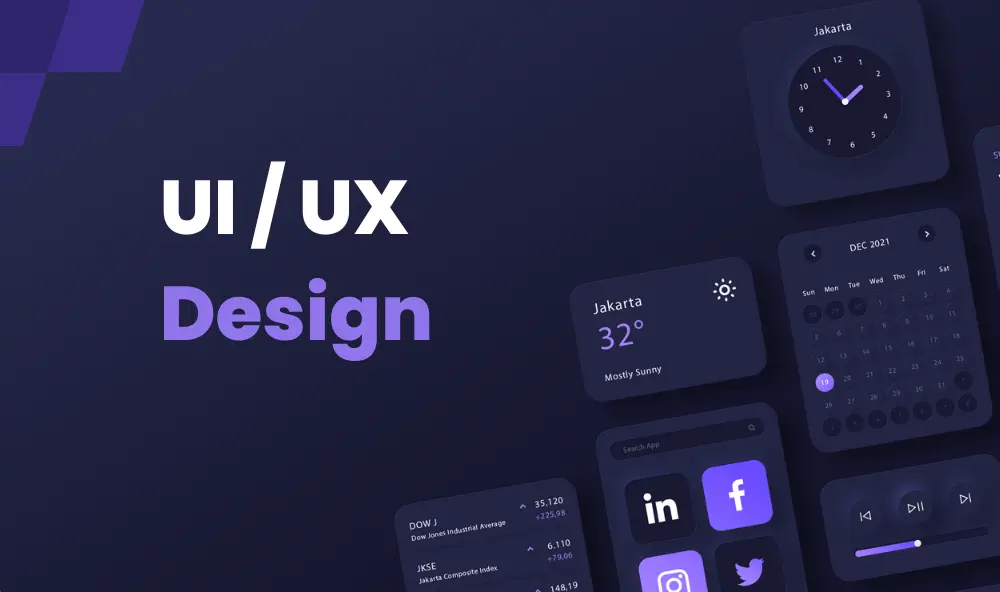
Like any other application, an IoT app requires a design that is both aesthetically pleasing and user-friendly. Designers with experience can ensure that this issue is adequately handled.
Before you begin creating your own app, you should be aware of the value of good UI/UX design because it distinguishes successful apps from those that are swiftly uninstalled. Disappointed users will post negative reviews on the AppStore or Google Play, which will hurt the volume of installations.
Verify that the user experience is rational and that there are no mistakes, such as keys that lead to nothing. Your software should be simple, quick, and straightforward to use for the end user, with no needless complexity or delays.
IoT Application Development
Make the best programming language choice to begin front-end development. Selecting one typically depends on personal preferences, expertise, project requirements, or a mix of these things.
Back-end Internet of Things app development is a little more challenging because there are more tools to select from, and they must all work together. Select the appropriate DevOps tool, programming language, database management system, and cloud platform.
For the greatest outcomes, you should also make sure that the back-end and front-end you select are compatible with one another.
Quality assurance
IoT application development always involves a lot of testing. Naturally, your app developers and their QA staff have the opportunity of confirming that all IoT components function as planned. In fact, a sound QA strategy goes beyond simply reviewing app features from the standpoint of the user and includes incorporating automated test cases in the code during Internet o things app development.
To achieve the greatest outcomes, incorporate the following QA disciplines into your testing strategy:
- Security evaluation
- Performance evaluation
- Accessibility evaluation
- Compatibility check
- Scalability evaluation
Another smart move is to accelerate your testing methods by using specialized Internet-of-Things testing software like Wireshark or mPulse.
End-to-End Support Maintenance
Even though you’ve created a user-friendly IOT application, your work still needs to be completed. The upkeep of it is yet another essential responsibility.
As vital as creating and implementing your IoT software, it is also important to find the ideal IoT app development company for this last stage of your IoT app development that will continue to support your application throughout its lifecycle, add new features, and increase its usefulness for years to come.
Because IoT is a dynamic field, you cannot risk losing that momentum. For improved user experiences and outcomes, you must consistently put forth the effort.
What about the future of the Internet of Things(IoT)? Let’s find out!
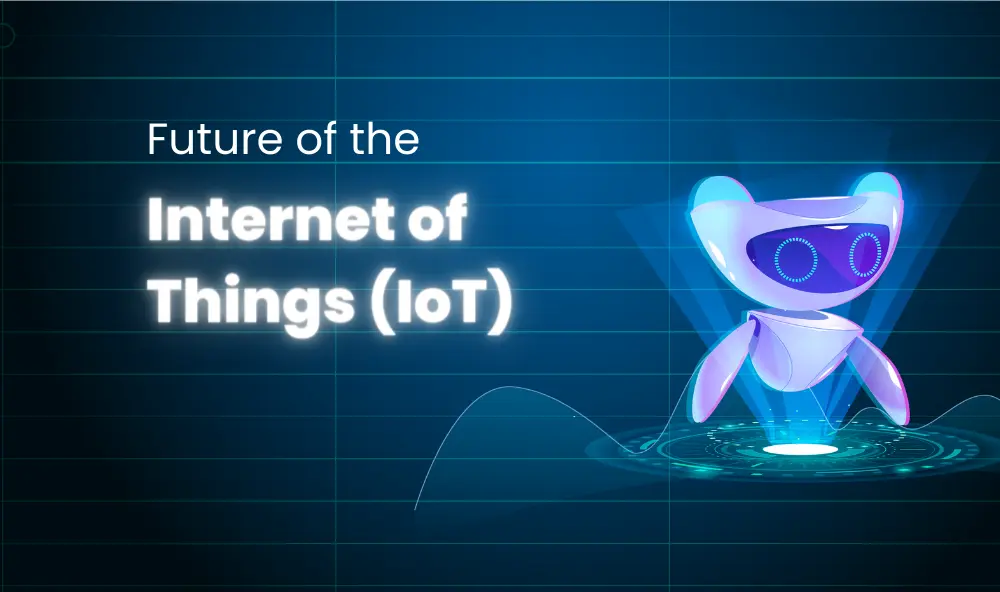
With new technology and access to data that we would not have previously believed feasible, the future of IoT is looking bright. We may anticipate greater security legislation in the near future, as well as significant changes in how our data is governed.
IoT will continue to serve as the foundation for many technologies that will revolutionize how we all live. The current state of this industry is undoubtedly exciting.
We anticipate that advancements in 5G, artificial intelligence, and advanced analytics will push the sector to new heights in order to make this happen.
It has quickly gained popularity and expanded its range of applications across numerous sectors. Moreover, the automation of IoT devices is now simple, thanks to developments in AI and machine learning.
Last verdict
Applications of the Internet of Things are expanding. They fully incorporate technology into a variety of facets of people’s lives and release them from worries, daily responsibilities, and the need to recall minor details.
We might therefore conclude that it is past due for your company to develop an IoT app. It will undoubtedly increase the ROI and potential of your company.
However, creating an IoT solution calls for a core strategy, in-depth familiarity with both hardware and software technologies, and substantial expertise. Our team of IoT experts can assist you at every level of the creation of your IoT application if you have a concept for one.
Our incredible team of IoT developers at Sufalam Technologies can make the most of your app idea. Connect with us to get a free quote.

